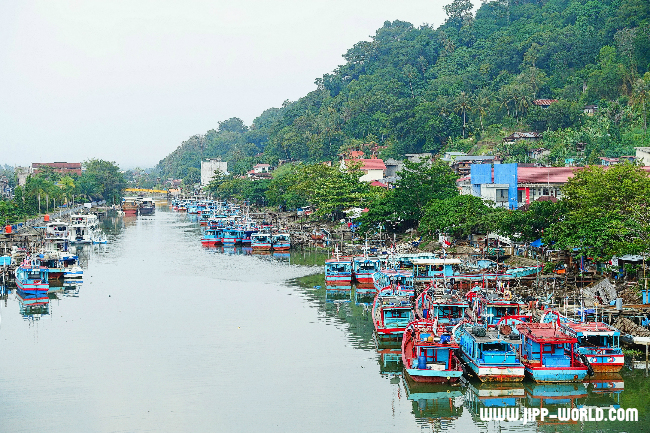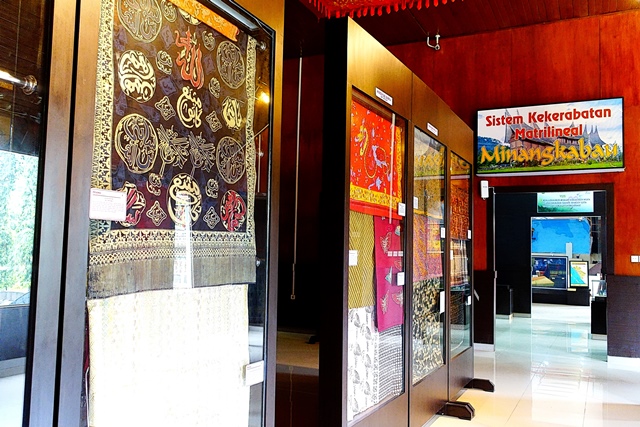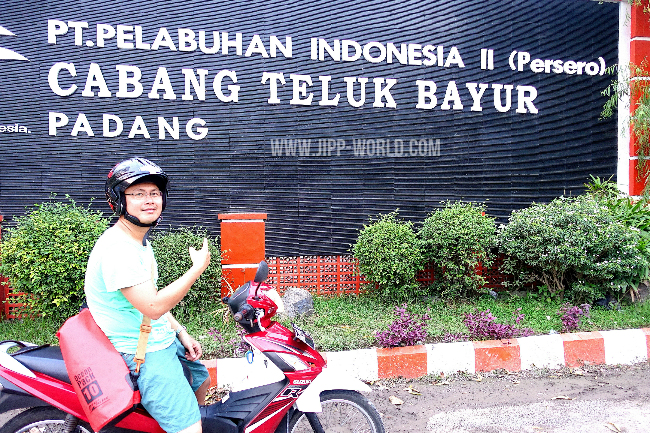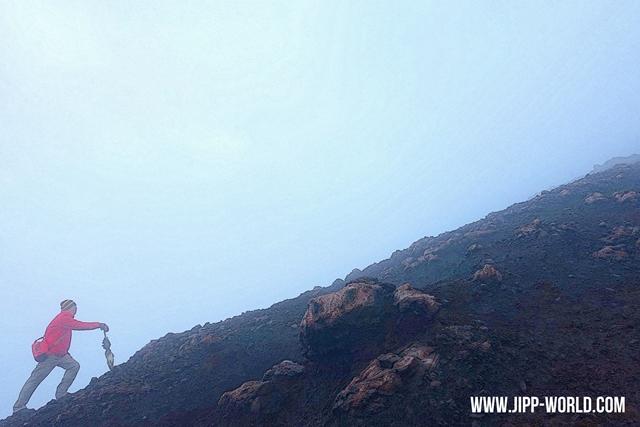So, there’s this place called Padang that I went to as part of my trip to West Sumatra recently. It was more like the access point to Mount Kerinci – the highest volcano in Indonesia for which we went to West Sumatra but it wasn’t after the climb that we got to explore this beautiful coastal city.
Padang is not really that big and obviously less busy compared to – say – Kuta in Bali and probably Surabaya in East Java (I haven’t been to many places in Indonesia anyway). But still it is big and quite densely populated just like most other major cities in Indonesia. We stayed at a nice budget hotel called Brigitte’s House which was recommended to us by our mountain guide Mr. Rapani. I was told how most hotels in Padang are quite expensive but I didn’t really get to check any of them out.
Padang is known for having the largest Minangkabau community – one of so many ethnic groups in Indonesia. I had heard a lot about this very unique ethnic group ever since I was a kid so it was so exciting to come to the epicenter of their culture.
We went to visit the museum that showcases the unique culture of Minangkabau people. The building itself is already unique to Minangkabau which is famous for its horn-shaped roof. Of course the core of all the uniqueness to me is the fact that they practice matrilineal culture in which the ownership of properties – their homes, rice paddies and the like – are passed down from mothers to daughters and it is the men that leave their homes and stay with the ladies instead of the other way around. To put it simply, the ladies have the advantages over the men which is why I am so glad that I wasn’t born to a Minangkabau family. Heh.
Another thing that is very much associated with Padang is the famous story of Malim Kundang (also known as Tanggang in Malaysia) which is about an ungrateful son who was cursed into a stone by his own mother. According to the story – which is more like folklore – even the whole ship had turned into stones.
The remains of the ship are said to be still there lying there on a beach called Pantai Manis so we were not going to miss checking them out while we were there. After asking around and riding through a grueling series of ups and downs across hillside villages (really really scary!), we managed to get there still in one piece. The remains might look quite ancient now but the story about Malim Kundang will always be a good reminder that we should never betray our parents and forget where we came from. Ouch. Lol.
One of the things that I instantly noticed when I was in Padang was that the villages look very much like Malay villages that we have back in Malaysia. It was so much so that I had to remind myself over and over again that I was in West Sumatra and not in Kedah or something. There are suraus and mosques everywhere and even the people look very much alike you wouldn’t be able to tell if somebody is from Indonesia or Malaysia, not before they speak up at least.
Another place that I HAD to go to while I was in Pandang had Teluk Bayur for a name. Well, you may remember this place for an Indonesian classic song called ‘Teluk Bayur’, which was named after this this very place. I mean, I remember listening and singing to this song when I was a kid. It was very popular at wedding parties back in my kampung and even at those little celebrations and parties that we’d have every now and then during which people would play guitar while singing this very song. I’d hum to this song every time I was leaving for the Peninsular because the lyrics sounded just so right to the situation that I was in. Heh. And of course, I couldn’t help thinking about how this place called Teluk Banyur in real. When I knew that it was in Padang, I knew I had to go there and see for myself.
IT was apparently a beautiful bay with a road that stretches along the coastal line. The whole bay itself is dominated by a marine port and some fishing villages that reminded me very much of those squatter areas on the East coast of Sabah in Malaysia. We stopped and parked our bike on the side of the coastal road to join dozens of locals in savoring the beauty of sunset over Teluk Banyur. It was quite cloudy but it was beautiful nevertheless. I even took a video of myself singing that song live right there – but I don’t think I’m going to post it here anyway. LOL.

We were there during the Aidil Adha holiday so there wasn’t really much going on. Even the eateries were mostly closed but we managed to find a stall on the seaside and had Maggie goreng for breakfast. Of course there’s always something so good and relaxing about having breakfast while looking out at the vastness of the blue sea.
Padang was quite of a surprise to me because I didn’t really expect much from it. But then again, Indonesia is full of surprises. I keep telling that to everybody. It’s always worth to go back to over and over again.








